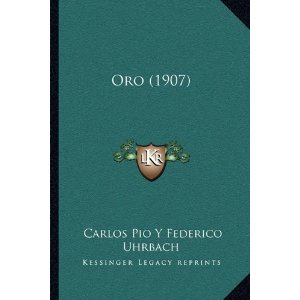3.1.5 The poetic work of Carlos Pío Uhrbach (1872 – 1897)

Carlos Pío Uhrbach is sometimes better known for the passionate letters sent to him by his girlfriend Juana Borrero than for his own poetry; however, his work had some distinctive features within modernism, strongly influenced by the aesthetics of Julián del Casal. Almost all of his pieces are included in the collection “Gemelas,” published jointly with his brother Federico.
He contributed some texts to “El Fígaro,” “La Habana Elegante,” and “Gris y Azul,” and upon his death, he left behind an unpublished collection of short stories, which included some of his brother’s narrative pieces. However, his most cultivated genre was poetry, and he achieved some accolades in it despite his short life.
His pieces have clear echoes of Julián del Casal’s poetry, especially his collection of poems “Nieve” (Snow), which is perhaps unconsciously inclined toward mimesis, both in the exotic motifs common to modernism and in Casal’s own peculiar sensibility.
Mysticism and the desire for purity, as noted in “History of Cuban Literature,” constitute a leitmotif of his work that distinguishes it somewhat from Casal’s; however, boredom, perhaps imitated not so much from Casal but from a spirit of the times that influenced both of them and a whole generation of poets, weighs heavily on his work, as in the sonnet “Spiritual Photogravure”:
“The erectile throbbing breasts
They produce deadly hypochondria in me,
and twitching spasms of agony
the contact of burning lips.
Only in the fiery glow of diamonds,
the cold gaze of an austere ascetic,
the harmony of triumphant rhymes,
the pale dazzling vases.
The mirage of visionary hashish,
from the Catholic temple the deep calm,
the silver halo of the sick moon,
or the august torpor of mysticism;
evoke delights to my soul
sad and bored, indifferent and alone”
Patriotic themes do not usually appear in his verses; however, he joined the struggle and perished in it in 1897. His death, along with that of Juana Borrero in 1896, José Martí in 1895, and Julián del Casal in 1893, marks the end of the first phase of the modernist cycle in Cuban literature. Cintio Vitier considered him one of Casal’s most promising disciples.








